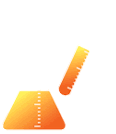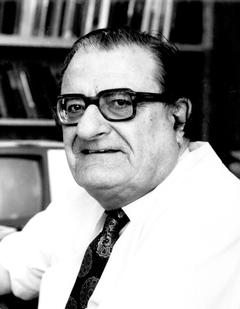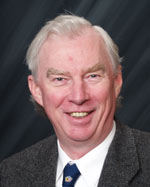|
|



About MOPAC2016
MOPAC2016 is the latest version of MOPAC. Increased emphasis has been given to biochemistry - the location and refinement of transition states, and on manipulating data-sets.
About MOPAC2012
MOPAC2012 includes the PM7 and PM7-TS methods. Several faults in the PM6 method have been removed in going to PM7.
About MOPAC2009
MOPAC2009 can
best be regarded as MOPAC2007 with the MOZYME function added. MOPAC2009
can handle systems of up to about 15000 atoms where MOPAC2007 was limited to
about 800 atoms.
About
MOPAC2007
MOPAC2007 was first released in 2007 and includes only public domain code, new code written by J. J. P. Stewart and funded under the National Institute of General Medical Sciences (NIGMS) Grant No. 2 R44 GM067327-02 (2005-2007), and contributions from other authors. This is the only version of MOPAC® that is currently maintained and supported by James J. P. Stewart, the original author of MOPAC® 6. MOPAC2007 can be used either standalone with its command-line interface or, through a range of third-party graphical interfaces (GUI) on Windows® or LINUX platforms.
About the author:
(Bio for James J. P. Stewart)
BSc at Strathclyde University, Glasgow, Scotland, in 1969
PhD at Strathclyde University, Glasgow, Scotland, in 1972
DSc at Strathclyde University, Glasgow, Scotland, in 1995
Authored the first MOPAC while working in Professor Michael Dewar's group, 1983.
Been working on MOPAC now for 27 years. Authored over 140 papers. In 1999,
was reported to be the 15th most-cited chemist in the world. Worked at the
Frank J. Seiler Research Laboratory at the Air Force Academy in Colorado Springs
from 1984 - 1991. Became a consultant (a sole proprietor) in 1991, and
worked as a consultant to Fujitsu until 2004. Has been an independent
developer since then. Has several PCs, and works out of a room in the
basement of his house in Colorado Springs. Has no students or co-workers,
but communicates via the Internet. He has two cats, a wife, and a
snow-blower, none of which work
.

